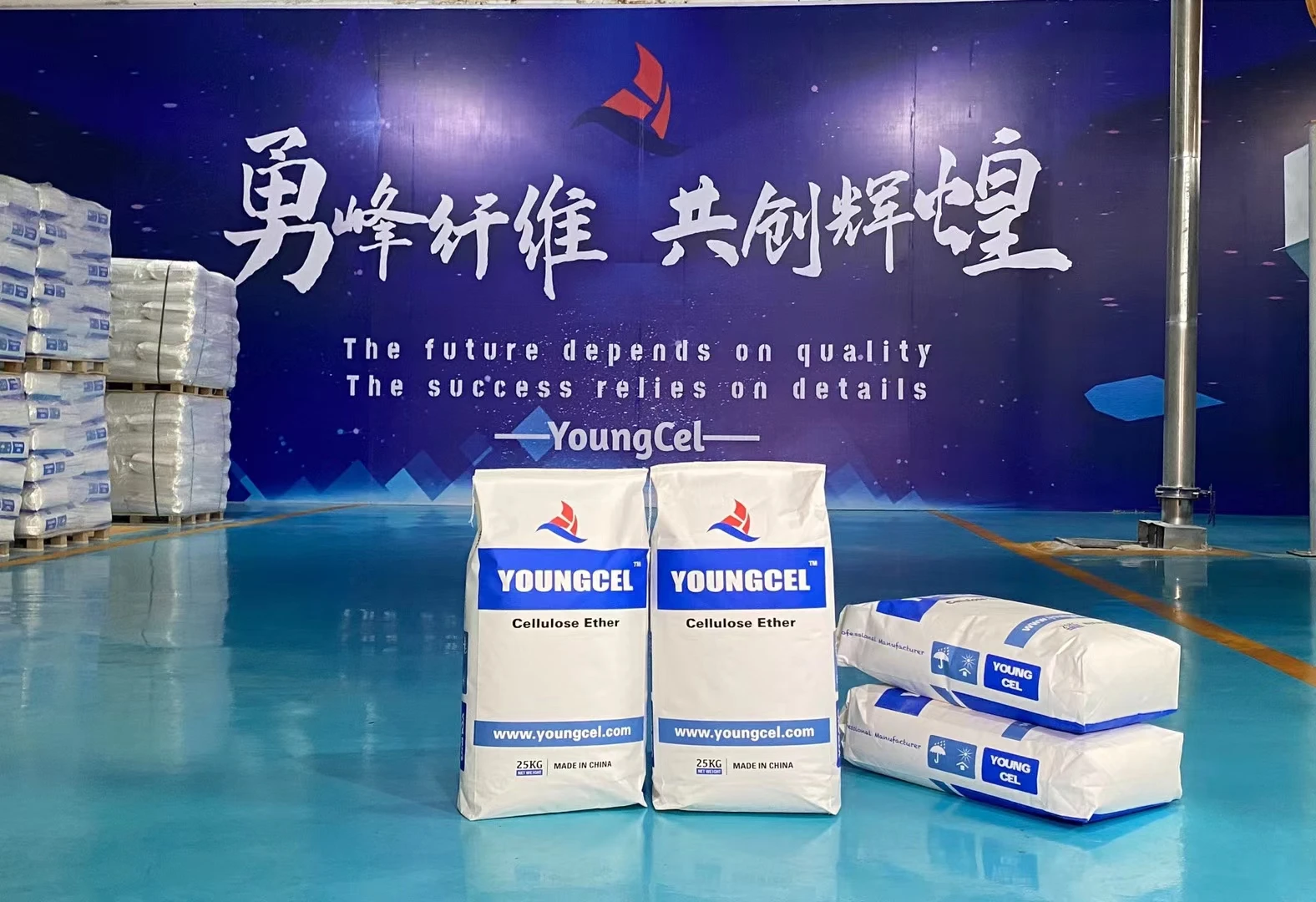The Role of Chemical Auxiliary Agents in Modern Industries
In the intricate world of industrial chemistry, the importance of chemical auxiliary agents cannot be overstated. These agents, often referred to simply as auxiliary agents, play a pivotal role in enhancing various chemical processes and the quality of end products across multiple industries, including textiles, plastics, coatings, and pharmaceuticals. By understanding the functions and benefits of these agents, we can appreciate their value in improving efficiency, safety, and sustainability in industrial practices.
Chemical auxiliary agents serve a variety of functions depending on their application. For instance, in the textile industry, auxiliaries like wetting agents, surfactants, and softeners are commonly utilized. Wetting agents lower the surface tension of water, allowing it to penetrate fabrics more effectively during processes like dyeing and finishing. This leads to more uniform dye uptake and improved colorfastness. Meanwhile, softeners enhance the feel and drapability of textiles, which is crucial for consumer satisfaction and product performance.
In the plastics industry, chemical auxiliary agents are equally essential. They include stabilizers, lubricants, and plasticizers. Stabilizers are added to protect polymers from degradation caused by UV light exposure or heat during processing, ensuring the longevity of plastic products. Lubricants, on the other hand, facilitate easier processing by reducing friction between plastic materials and machinery, thereby enhancing the efficiency of production lines. Plasticizers work to increase the flexibility and workability of plastics, making them suitable for a wide range of applications, from packaging films to automotive parts.
Coatings and paints also rely heavily on chemical auxiliary agents to achieve desired properties. Dispersants are used to ensure that pigments are evenly distributed within the formulation, preventing settling and improving the visual appeal of coatings. Thickeners control the consistency of paints, making them easier to apply and ensuring an even coverage. Additionally, drying agents accelerate the curing process, which is crucial for minimizing production time and enhancing throughput in manufacturing settings.
chemical auxiliary agent

In the pharmaceutical sector, auxiliary agents play critical roles in drug formulation and delivery. Excipients, which are often categorized as auxiliary agents, are used to enhance the stability, solubility, and bioavailability of active pharmaceutical ingredients. Moreover, they can improve the overall patient experience by facilitating easier administration of medications, resulting in better patient compliance. For example, flavoring agents and sweeteners are often added to liquid medications to make them more palatable, particularly for pediatric patients.
As industries face increasing pressure to adopt sustainable practices, the role of eco-friendly chemical auxiliary agents is becoming more prominent. Companies are now actively seeking alternatives that minimize environmental impact while still providing the desired properties in manufacturing processes. Biodegradable surfactants and plant-based plasticizers represent just a couple of innovations that align with sustainability goals, reducing reliance on fossil fuels and minimizing waste in production processes.
Regulatory compliance is another critical aspect of using chemical auxiliary agents. With growing concerns about health and environmental risks, industries must ensure their products meet stringent regulatory standards. This includes conducting risk assessments and ensuring that auxiliary agents used in formulations are safe for both workers and consumers. Transparency in the sourcing and composition of these agents is becoming increasingly important as stakeholders demand accountability from manufacturers.
In conclusion, chemical auxiliary agents are indispensable components of modern industrial processes. Their diverse functions across various sectors contribute significantly to product performance, operational efficiency, and environmental sustainability. As industries continue to evolve and adapt to new challenges, the ongoing development and optimization of these agents will be crucial. By investing in research and innovation, manufacturers can ensure that their products not only meet market demands but also contribute to a safer and more sustainable future.
-
The Application and Significance of Construction RdpNewsMay.19,2025
-
Industrial Grade HpmcNewsMay.19,2025
-
Building Coating Adhesive Building Coating Adhesive HpmcNewsMay.19,2025
-
Application Of Hpmc For Detergent For Detergent In DetergentsNewsMay.19,2025
-
Application Of Hpmc Cellulose In Cement-Based MaterialsNewsMay.19,2025
-
Application Of High Quality Hpmc For Construction In The Field Of ConstructionNewsMay.19,2025




